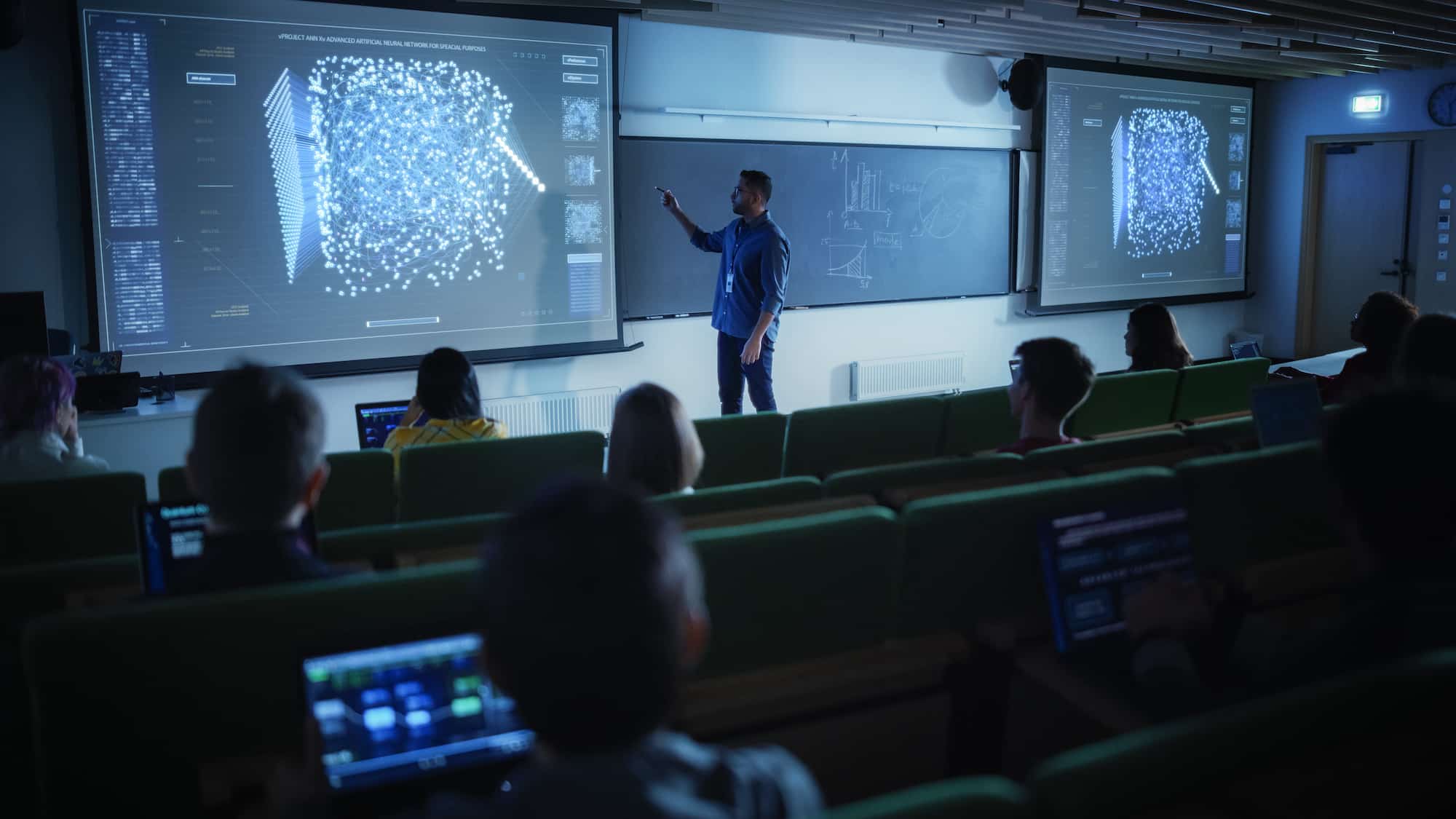Innovation Spotlight: Agriculture Meets Education Through FarmBot Technology
A Growing Startup
FarmBot, Inc. began in 2013 with its CEO Rory Aronson's vision of creating an open and accessible technology that could aid in food production for anyone. With the help of grant funding and a crowdfunding campaign, he worked with co-founder Rick Carlino and other collaborators to establish the company as a California Benefit Corporation in 2016. Even in its beginnings, FarmBot attracted attention from universities, non-profits, and research organizations including NASA. Since then, the company has exceeded its initial expectations with significant and continual growth each year. As they further develop the technology and it becomes easier to use, Aronson and his team expect to see even greater expansion.
Original timelapse video from eLibrary
FarmBot Technology
The robotic hardware that FarmBot uses consists of track-gliding machines with robot "heads" that move around in the X, Y, and Z directions. These heads are controlled by computer-numerical-control (CNC), not unlike in 3D printing. The robots also have sensors that monitor various elements of plant care, such as seed deposits, soil moisture, and weed intrusion. These machines can be programmed to do all of the necessary tasks to grow foods, from initial seeding to final harvesting. They detect what is necessary along the way and use smart monitoring and precision irrigation to farm efficiently and effectively. The software that controls the robots is a a web-based interface similar to that of the Farmville video game, where users can design their gardens with simple drag-and-drop actions in the virtual map. It also features real-time manual controls and logging as well as a sequence builder for creating custom routines. This is all done through a Raspberry Pi controller which connects with the robots' Farmduino circuit boards, running on a custom FarmBot operating system. Users can access the app from a web browser on a laptop, tablet or smartphone. In the past year, FarmBot has added a number of enhancements to their robot kits:
In the past year, FarmBot has added a number of enhancements to their robot kits:
- A new rotary tool with a 24-volt DC motor, interchangeable implements, and adjustable motor angle for light duty weed whacking, soil surface milling, and drilling operations
- Multi-Variable Support (MVS) to add multiple location variables to a unit's sequences
- Quiet Mode, which allows robotic movements to operate with almost no noise
- Shared Sequences, a way for users to publish copies of their mappings for others in the FarmBot community to use
Innovative Education
Education is one of FarmBot's biggest markets---the combination of agricultural functionality and new technology make for an excellent learning experience in modern farming and gardening. Students learn how to configure the robots and design gardens in various settings, including indoors, and the software makes it easy for multiple users to control the same units interchangeably. Educational experiences for FarmBot customers range from library community projects to high school agriculture and university research. For example, UC Berkeley's Alpha Garden used FarmBot equipment to test robotic viability for polyculture farming---advancements in this area would allow for greater diversity of crops within a limited space. [caption id="attachment_7379" align="alignnone" width="1024"] Young students learn farming and business skills with FarmBot resources. Photo from Fresno Middle School's
Fairmont Agriculture.[/caption] To aid with education involving its robots, the company has created the
FarmBot Open Educational Resource, a free curriculum set that includes STEM learning subjects like coding, life sciences, electronics, and soil science. They also offer customized
training programs, virtual sessions, and one-on-one personalized assistance. With this consideration for the educational aspects of FarmBot, the classroom or backyard gardening that grows vegetables today also yields long-term knowledge and adaptability for the future.
Young students learn farming and business skills with FarmBot resources. Photo from Fresno Middle School's
Fairmont Agriculture.[/caption] To aid with education involving its robots, the company has created the
FarmBot Open Educational Resource, a free curriculum set that includes STEM learning subjects like coding, life sciences, electronics, and soil science. They also offer customized
training programs, virtual sessions, and one-on-one personalized assistance. With this consideration for the educational aspects of FarmBot, the classroom or backyard gardening that grows vegetables today also yields long-term knowledge and adaptability for the future.
What's Next
In the coming years, FarmBot plans to expand its commercial and industrial market by making a larger machine that can farm 50-meter rows or more. Moving forward, the company is also looking to introduce AI and machine learning features to improve ease of use and boost capabilities like plant and object identification. They also plan to add more advanced stereo cameras as well as a 4K digital camera to the units. FarmBot offers a way to easily grow food locally, and they are continuously striving to enhance that experience. With today's challenges of overpopulation, soaring gas prices, and environmental damage, that's something worth learning. See also: 3 Surprising Ways Technology Can Help AnimalsStay connected. Join the Infused Innovations email list!
Share this
You May Also Like
These Related Posts
Will Robots Take Away Human Jobs?


Will Robots Take Away Human Jobs?
May 23, 2022
4
min read
Artificial Intelligence in Higher Education: The Current State


Artificial Intelligence in Higher Education: The Current State
April 5, 2024
2
min read
What's New with Cognitive Services and AI at Microsoft Ignite 2020?


What's New with Cognitive Services and AI at Microsoft Ignite 2020?
September 23, 2020
4
min read
No Comments Yet
Let us know what you think